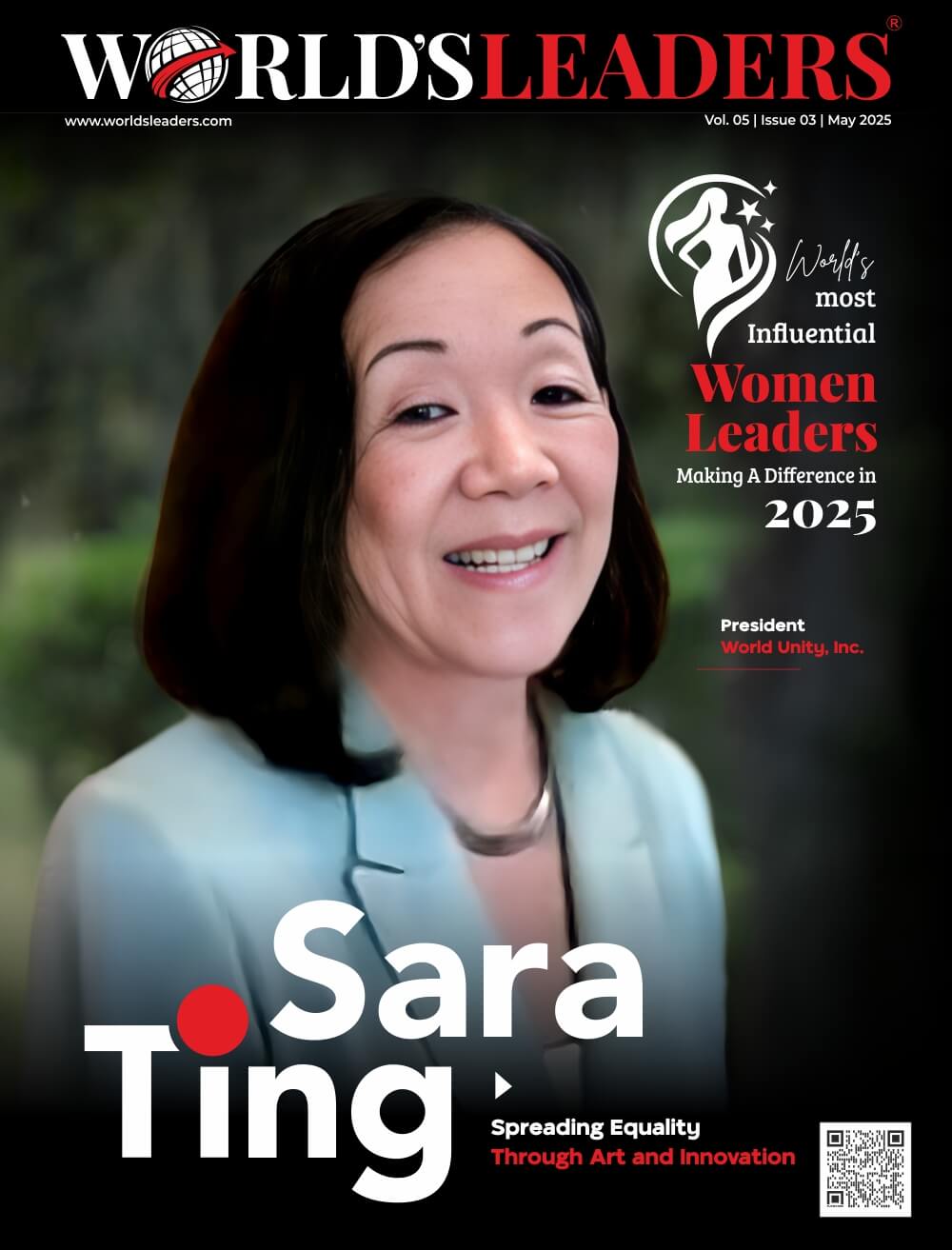Even while some people believed that the tight labor market and significant salary increases brought on by the crisis may lessen the gap between wealthy and poor, the wealthiest Americans are emerging from the coronavirus epidemic with their share of wealth and income on the rise once more.
According to recent Federal Reserve figures, the wealthiest 1% of families controlled around 26.5% of total household wealth at the end of June, an increase of nearly 1.5 percentage points from 2019, the year before the pandemic tipped the economy between a recession, a huge government stimulus program, and high inflation.
The percentage of income going to the top 5% increased from 2019 to 2022, rising to 23.5% from 23%, according to new projections from the U.S. Census Bureau. This trend, which dates back to the 1980s, has provided the wealthiest earners additional opportunities to amass wealth.
Even if their net worth has increased at the fastest rate in years, the poorest 40% of earners will receive a lesser portion of the pie as a result. The poorest fifth’s proportion of the nation’s wealth decreased from 7% to 6.7% throughout that period, despite the fact that their combined net worth increased by 27% to $4.2 trillion at the end of the second quarter from $3.3 trillion in 2019.
The most recent data shed a different light on what that has meant after a turbulent period in which labor market leverage appeared to increase among lower-income families and less educated workers, with double-digit wage increases offered by businesses struggling to fill less-skilled positions amid a general worker shortage.
Elise Gould, senior economist at the Economic Policy Institute, a Washington-based think tank that specializes in labor problems, asked, “If you think they have any leverage, it is leverage to what end?” “Share matters because if profits have been so high, wages could have done even better.”





